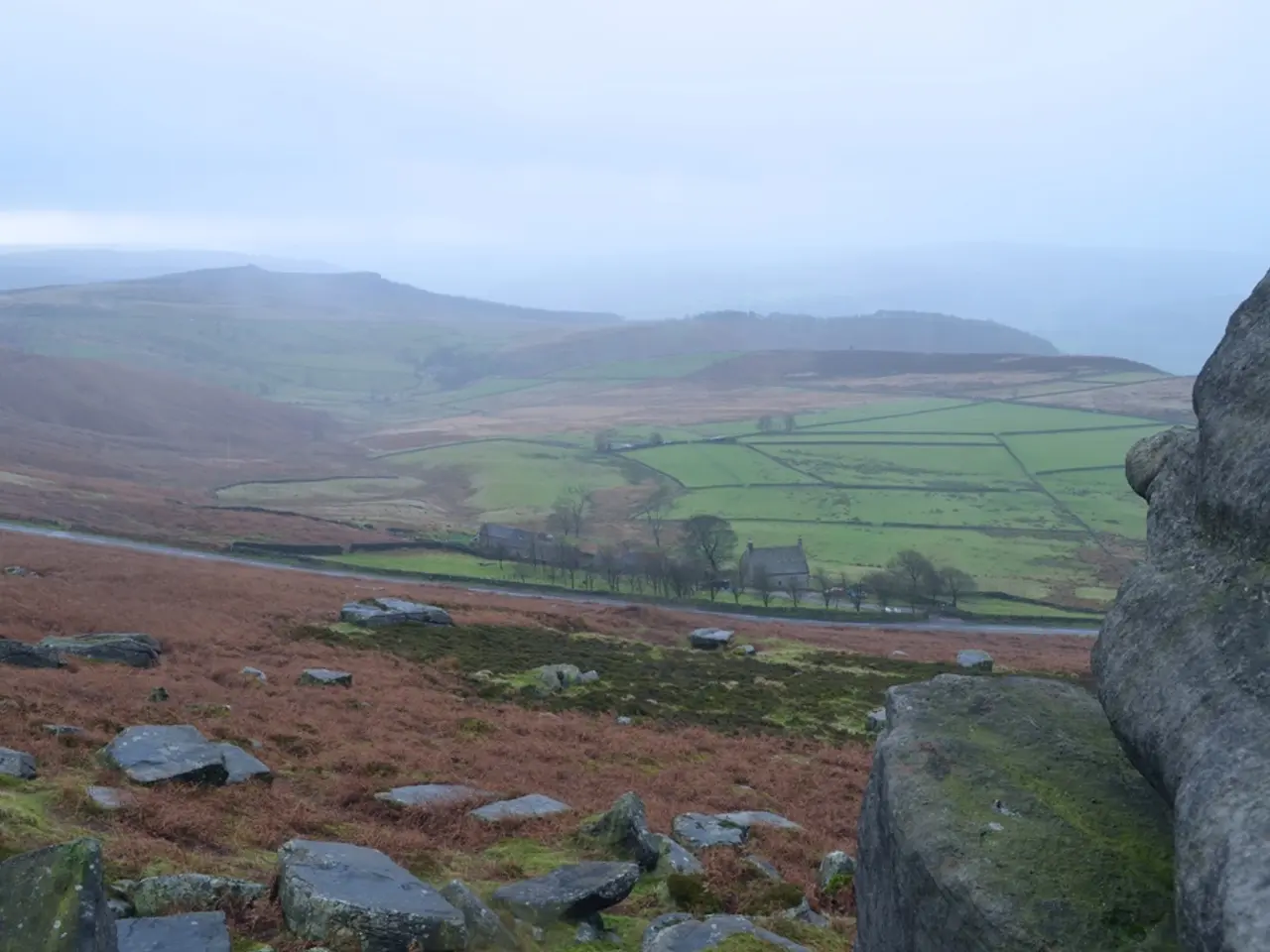Exploring the Past of the Caribbean Island Chain
In a groundbreaking archaeological expedition, a team of researchers and students from various institutions, including UC San Diego, the University of Nebraska, Lincoln, and Antigua and Barbuda National Commission for UNESCO, have been systematically surveying and mapping historic sites in Barbuda and Antigua.
The team, led by Isabel Rivera-Collazo, Director of the Scripps Center for Marine Archaeology at UC San Diego, has been working tirelessly to preserve irreplaceable cultural landscapes facing mounting pressure from foreign-funded development projects.
In Barbuda, the team discovered an Indigenous village occupied from roughly A.D. 900 to A.D. 1500, which may be one of the largest documented settlements in the Caribbean archipelago, spanning 800 by 1,200 meters (2,600 by 3,900 feet). This site, which serves as a crucial nexus for inter-island trade and communication, with connections possibly reaching as far as the Taíno world, is a significant find in the study of Caribbean history.
The team has been documenting 18th-century colonial ruins, creating detailed 3D models of historical structures, and recording traditional crafts in Barbuda. They have also helped relocate the Barbuda History Museum after Hurricane Irma forced its closure.
In Antigua, the team surveyed and mapped historic fortifications, cemeteries, residential and military complexes of Nelson's Dockyard UNESCO World Heritage Site. They traced an ancient road system in Barbuda that connects the major settlement to a network of strategically positioned villages along the eastern coastline.
Scripps, with its fleet of four oceanographic research vessels, offers unparalleled education and training for the next generation of scientific and environmental leaders through its undergraduate, master's, and doctoral programs. UC San Diego, established in 1960, is driven to drive innovation and change to advance society, propel economic growth, and make our world a better place.
Isabel Rivera-Collazo, an environmental archaeologist and professor of ecological, biological, and human adaptations to climate change at UC San Diego's Department of Anthropology, is also the director of the Scripps Center for Marine Archaeology. Her research focuses on geoarchaeology, archaeomalacology, coastal and marine processes, maritime culture, and climate change.
The research in Antigua is supported by a grant from the National Science Foundation's International Research Experiences for Students program.
For more information about UC San Diego, visit its website. The team's work in Barbuda and Antigua is a testament to UC San Diego's commitment to exploration, experimentation, and preserving our cultural heritage.
Read also:
- Understanding Hemorrhagic Gastroenteritis: Key Facts
- Stopping Osteoporosis Treatment: Timeline Considerations
- Tobacco industry's suggested changes on a legislative modification are disregarded by health journalists
- Expanded Community Health Involvement by CK Birla Hospitals, Jaipur, Maintained Through Consistent Outreach Programs Across Rajasthan








